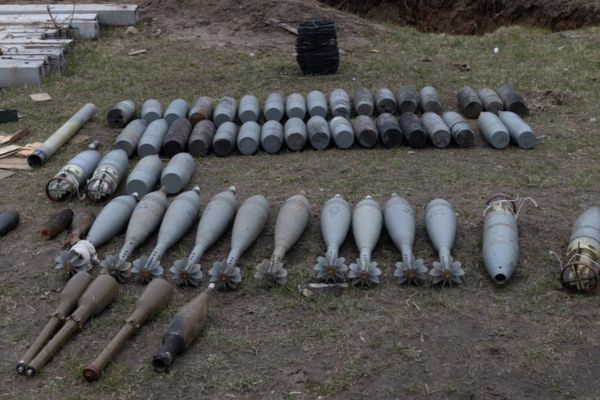With the situation on the Ukrainian frontline constantly changing, as each side gains and loses the initiative, it is rather difficult to pinpoint an exact moment in time when this conflict would come to an end. And yet, even the seizure of hostilities does not solve the problem of Ukraine’s economy, which has been in decline since the beginning of the full-scale invasion.
The effects of mass displacement, destruction, and strained economic partnerships that come with a war of this scale severely cripple Ukraine as a nation. Total damages are estimated to be between $411 billion and $1 trillion. Unfortunately, these damages include the devastation of businesses, means of production, and various agricultural facilities, which comprised Ukraine’s exports. Furthermore, many of Ukraine’s natural resources and raw materials are located on territories currently occupied by Russia. Without these resources, the surviving Ukrainian industry would struggle to maintain pre-war production levels.
So, what now? It seems that Ukraine is stuck in a financial pit with no means of climbing out. The country desperately needs money to rebuild itself, yet the entities that generated its income are left in ruins.
The answer may sound counterintuitive. Manufacturing weapons is not the first thing that comes to mind when discussing the economic recovery of a war-torn state. In Ukraine’s case, however, it just might work.
For starters, Ukraine is already doing this. Baykar, the leading Turkish UAV designer and manufacturer, has started work on their second factory in Ukraine. In an interview with Reuters, Haluk Bayraktar, the company’s CEO, said plans were “fully moving ahead” despite the ongoing conflict. The plant is expected to employ around 500 people and produce an output of around 120 units annually. Furthermore, the engines to Baykar’s latest drone, Akinci, are being manufactured by Ukrainian Motor-Sich. Naturally, a new manufacturing plant increases demand for the said engines, which stimulates their production, consequently boosting Ukraine’s economy.
Another example of a similar effort being made is the joint venture between Ukraine and Rheinmetall, Europe’s largest ammunition producer. The plant aims to produce “a six-digit number of 155mm caliber bullets per year.” Furthermore, Rheinmetall wishes to produce Fuchs and Linx armored vehicles, as well as spare parts to vehicles currently operated by the Ukrainian Armed Forces.
The cooperation between Western arms manufacturers and Ukraine already bears fruit. According to Yuliia Svyrydenko, the GDP of Ukraine is projected to grow by 4.6% in 2024, a large contributor to this growth being the investment into the defense sector. This accomplishment is due to both domestic and foreign investment, as seen by the current joint production efforts.
Post-war, however, such cooperation can benefit not just Ukraine but the very states that helped it survive these dark times. By the time this conflict reaches a resolution, Western reserves of military equipment will be severely diminished. Naturally, these reserves will need to be replenished. By investing in Ukraine’s military-industrial complex, partner states will be able to jointly operate the facilities producing equipment and ammunition required to build up the lost reserves.
As for Ukraine, these facilities will provide job opportunities for those who lost their incomes and the soldiers returning to civilian life. The revenue stream, together with the taxes from the workers’ income, would be re-invested into rebuilding Ukraine’s damaged or destroyed infrastructure, ensuring that the basic needs of all citizens are met.
Finally, it is also an opportunity to rearm Ukraine. A strong Ukrainian military would decrease the chance of another conflict with Russia, in turn reducing the possibility that partner states would need to provide aid once again.
![]()
- Singapore
